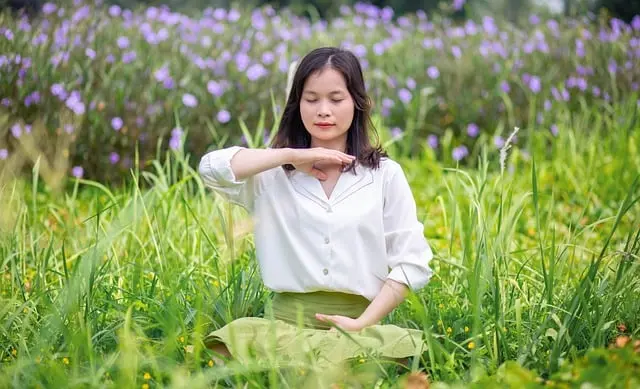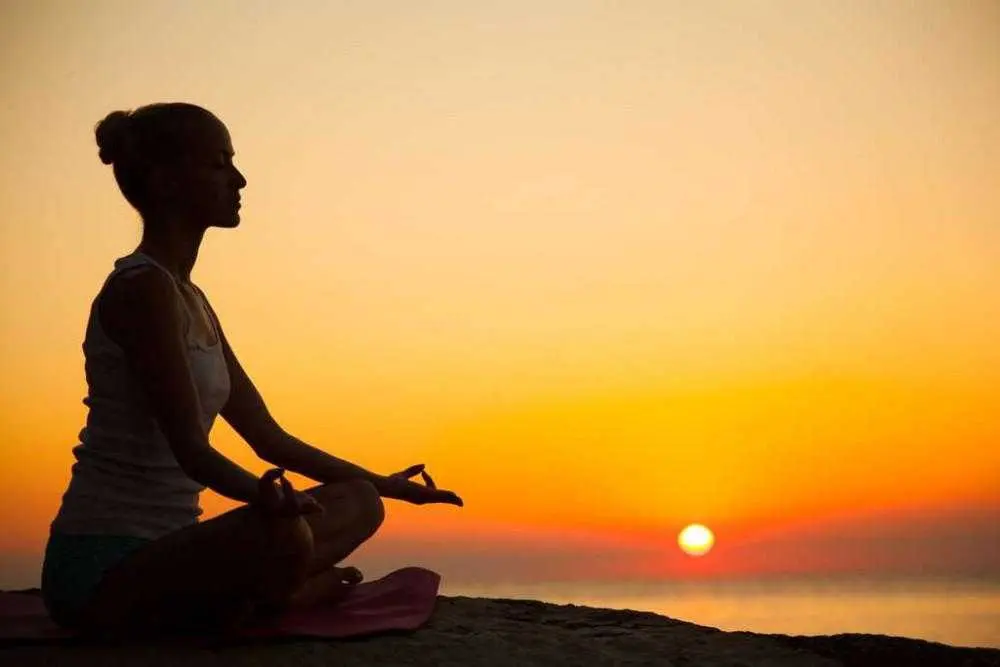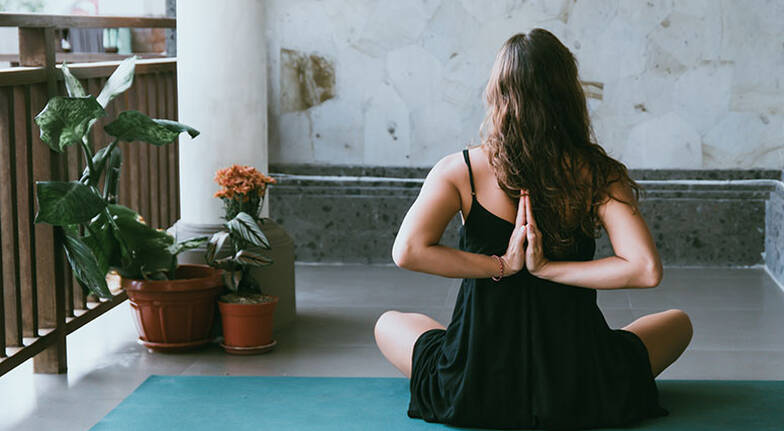
How to Meditate for Beginners
Meditation is a method that helps you calm your mind, reduce stress, increase awareness and improve your mental health. Meditation has many benefits for your life, but it is not an easy thing to do. If you are a beginner, you may have difficulty concentrating, controlling your thoughts or maintaining a regular meditation habit. Don't worry, this article will guide you through the basic steps to start meditating effectively and easily.

How to Meditate for Beginners
Step 1: Prepare the meditation environment
To meditate well, you need to choose a quiet, comfortable and undisturbed place. You can meditate in your bedroom, living room, garden or anywhere you feel relaxed and safe. You should turn off your phone, computer, TV or other noisy devices. You should also inform your family or friends that you will meditate for a certain period of time so they don't bother you.

Prepare the meditation environment
Step 2: Choose the meditation posture
You can choose a meditation posture that suits your body and preference. You can sit on a chair, cushion, mat or floor. You can sit cross-legged, kneel or stretch your legs. You can place your hands on your thighs, on your heart or combine them with hand symbols (mudra). The most important thing is to keep your back straight, your shoulders relaxed and your neck open. You should not sit too rigid or too loose. You should also not sit too long to avoid pain or numbness.

Choose the meditation posture
Step 3: Choose the meditation method
There are many different meditation methods, but for beginners, you should choose a simple and easy to apply method. One of the most popular and effective meditation methods is breathing meditation. Here's how to do it:
• Close your eyes and breathe naturally through your nose.
• Pay attention to the sensation of your breath as it enters and leaves your body.
• Observe your breath as an outsider, without trying to control or judge it.
• Count your breaths from 1 to 10, then start over. Each inhalation and exhalation is one breath.
• If you lose focus or get distracted by thoughts, emotions or sounds, acknowledge them and gently return to your breath. Don't get angry or blame yourself, just accept and continue.

Choose the meditation method
Step 4: End the meditation session
You should set a timer to know when to end your meditation session. You can start with 5 or 10 minutes and gradually increase over time. When the timer rings, don't rush to open your eyes and get up. Take a few minutes to feel your body and mood. You can stretch your muscles, smile or thank yourself for taking the time to meditate. Then open your eyes and return to normal life.

End the meditation session
Conclusion
These are the basic steps to meditate for beginners. You can apply them at any time you feel the need to meditate. You should meditate regularly every day to maintain and improve your meditation skills. You should also be patient and confident when meditating, because meditation is a long-term process that requires practice. The more you meditate, the more benefits you will have for your health and happiness.
I hope my article is useful for you. If you want to know more about meditation.
Meditation is a method that helps you calm your mind, reduce stress, increase awareness and improve your mental health. Meditation has many benefits for your life, but it is not an easy thing to do. If you are a beginner, you may have difficulty concentrating, controlling your thoughts or maintaining a regular meditation habit. Don't worry, this article will guide you through the basic steps to start meditating effectively and easily.

How to Meditate for Beginners
To meditate well, you need to choose a quiet, comfortable and undisturbed place. You can meditate in your bedroom, living room, garden or anywhere you feel relaxed and safe. You should turn off your phone, computer, TV or other noisy devices. You should also inform your family or friends that you will meditate for a certain period of time so they don't bother you.

Prepare the meditation environment
Step 2: Choose the meditation posture
You can choose a meditation posture that suits your body and preference. You can sit on a chair, cushion, mat or floor. You can sit cross-legged, kneel or stretch your legs. You can place your hands on your thighs, on your heart or combine them with hand symbols (mudra). The most important thing is to keep your back straight, your shoulders relaxed and your neck open. You should not sit too rigid or too loose. You should also not sit too long to avoid pain or numbness.

Choose the meditation posture
Step 3: Choose the meditation method
There are many different meditation methods, but for beginners, you should choose a simple and easy to apply method. One of the most popular and effective meditation methods is breathing meditation. Here's how to do it:
• Close your eyes and breathe naturally through your nose.
• Pay attention to the sensation of your breath as it enters and leaves your body.
• Observe your breath as an outsider, without trying to control or judge it.
• Count your breaths from 1 to 10, then start over. Each inhalation and exhalation is one breath.
• If you lose focus or get distracted by thoughts, emotions or sounds, acknowledge them and gently return to your breath. Don't get angry or blame yourself, just accept and continue.

Choose the meditation method
Step 4: End the meditation session
You should set a timer to know when to end your meditation session. You can start with 5 or 10 minutes and gradually increase over time. When the timer rings, don't rush to open your eyes and get up. Take a few minutes to feel your body and mood. You can stretch your muscles, smile or thank yourself for taking the time to meditate. Then open your eyes and return to normal life.

End the meditation session
Conclusion
These are the basic steps to meditate for beginners. You can apply them at any time you feel the need to meditate. You should meditate regularly every day to maintain and improve your meditation skills. You should also be patient and confident when meditating, because meditation is a long-term process that requires practice. The more you meditate, the more benefits you will have for your health and happiness.
I hope my article is useful for you. If you want to know more about meditation.











